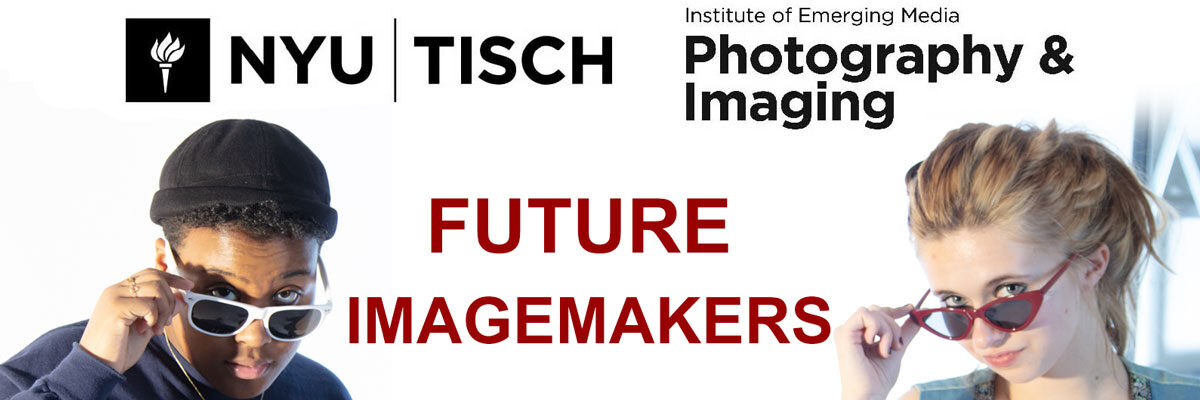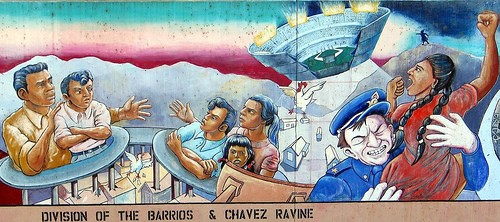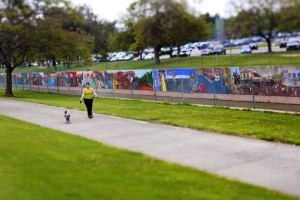Jublies Theatre is an organization that stages large-scale performances that involve hundreds of community members and more than fifty artists through four-year residencies. They have created a new definition for where art happens, who gets to be part of it, what forms it takes and what stories it tells.
They adopt and play with established forms of theatre and arts production and place it in unusual settings. They equally emphasize each stage of production (before, during, and after), so that they have community members actively participating in everything from stage and costume design, rehearsals, and acting in the plays themselves. They categorize their work into three categories:
- Jumblies Ventures, undertaking multi-year residencies and producing new works, passing through phases of research, creation, production, and legacy while forming partnerships and involving several hundred people and several dozen skilled artists and along the way;
- Jumblies Offshoots, maintaining relationships with people and places, and supporting new leadership and sustainable community arts initiatives; and
- Jumblies Studio, training and mentoring artists and promoting learning, research, discourse, play and experimentation.
My favorite part about Jublies Theatre is the fact that they do so much more than just theatre. They managed to create six other organizations that are all community based art programs. One of them being the organization from my previous post Making Room.
Check out their promo video!





